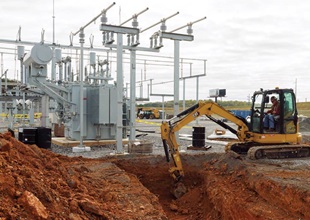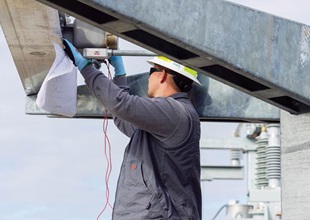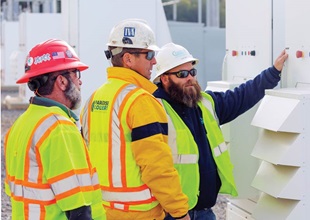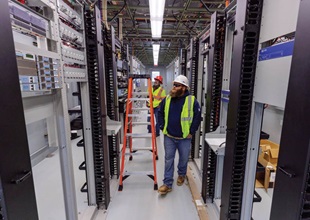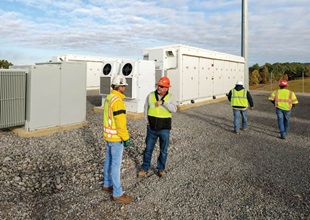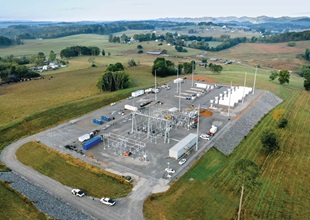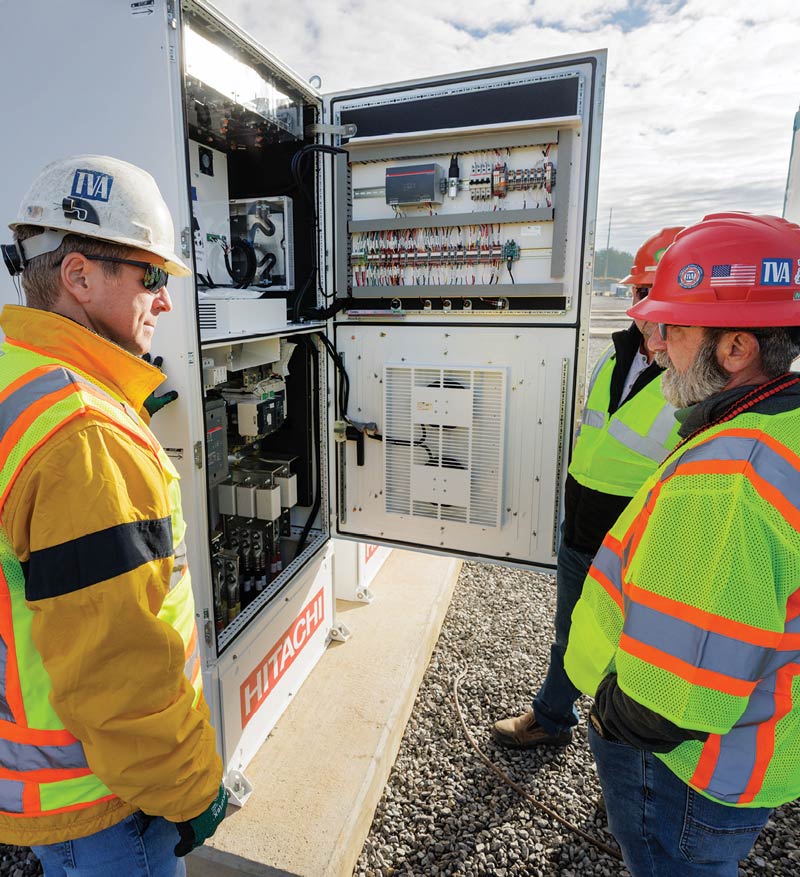Energy Storage
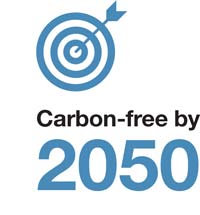 The Tennessee Valley Authority (TVA) aspires to have a carbon-free energy system by 2050, which includes the deployment and installation of 10GW of solar by 2035. To support the expansion of our renewable energy fleet, we will need to add increasingly more energy storage systems to our resource mix.
The Tennessee Valley Authority (TVA) aspires to have a carbon-free energy system by 2050, which includes the deployment and installation of 10GW of solar by 2035. To support the expansion of our renewable energy fleet, we will need to add increasingly more energy storage systems to our resource mix.
Energy storage technologies like pumped storage hydropower (pumped hydro), compressed air energy storage, batteries and other technologies increase grid flexibility and help enhance the benefits of renewable energy resources. Varied, renewable energy resources rely on weather conditions to perform reliably, meaning that on stormy days, renewable energy resources will produce varied and inconsistent energy. Energy storage systems can help smooth energy generated from wind, solar and other variable resources.
The Difference Between Short- and Long-Duration Energy Storage
Short-duration storage provides four to six hours of stored energy and is responsible for smoothing and stabilizing the inconsistent energy produced by renewable energy resources. Lithium-ion batteries are the most common form of short-duration energy storage, with additional research and pilot projects aimed at testing other types of battery chemistries like flow and iron saltwater batteries.
Long-duration storage offers six to eight hours of stored energy. This type of energy storage can also provide backup power during extreme weather events, when grid performance and energy accessibility are affected. The most common form of long-duration energy storage is pumped hydro, both in the U.S. and worldwide. In fact, TVA has been a leader in energy storage for the past 60 years with the Raccoon Mountain pumped hydro facility. TVA relies on this resource to routinely balance our system during fluctuations on the grid. There are other types of long-duration energy storage, like compressed air and gravity storage.
While short- and long-duration storage technologies operate differently, both benefit the energy system by supporting the reliability of existing plants, providing additional load capacity and contributing to grid services. Both storage types will be key to maintaining grid resiliency while ensuring customer reliability as supply and demand change in the energy system. As technologies for energy storage continue to emerge, we’re excited to add more energy storage options to our fleet.
LEARN MORE ABOUT BATTERIES EXPLORE BATTERY SAFETY
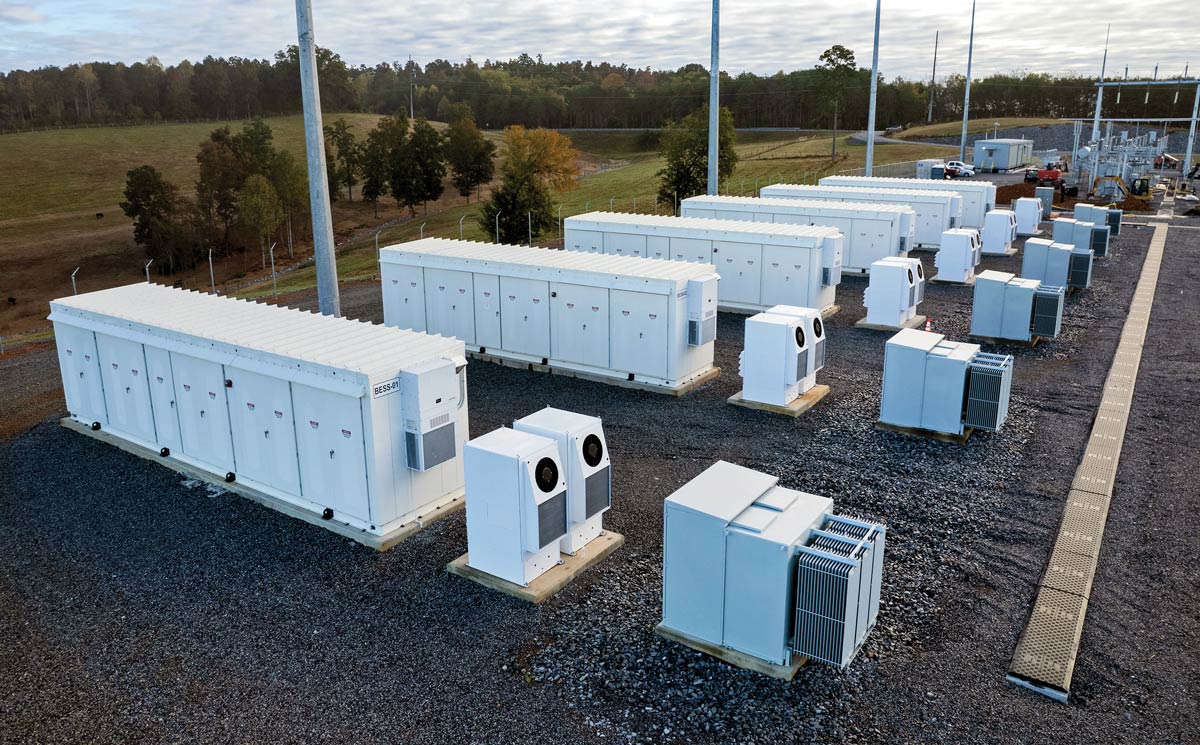
Current Storage Projects
The first TVA-owned and operated lithium-ion battery is being constructed in Vonore, Tennessee. With an anticipated commissioning date of Spring 2024, this 20MW/40MWh battery will provide operational knowledge to TVA for future battery projects.
TVA is also exploring additional locations for yearly battery siting projects and exploring the option of adding more pumped hydro sites that provide increased long-duration energy storage options.
DOWNLOAD THE PROJECT SNAPSHOTLooking Ahead
Decarbonization and decentralization efforts will dramatically change the grid as we know it. TVA aims to prepare for future challenges by building flexibility into the system through strategic energy storage exploration and deployment.
Check back here for updates on new storage projects.
Photo Gallery
Vonore Battery Construction
